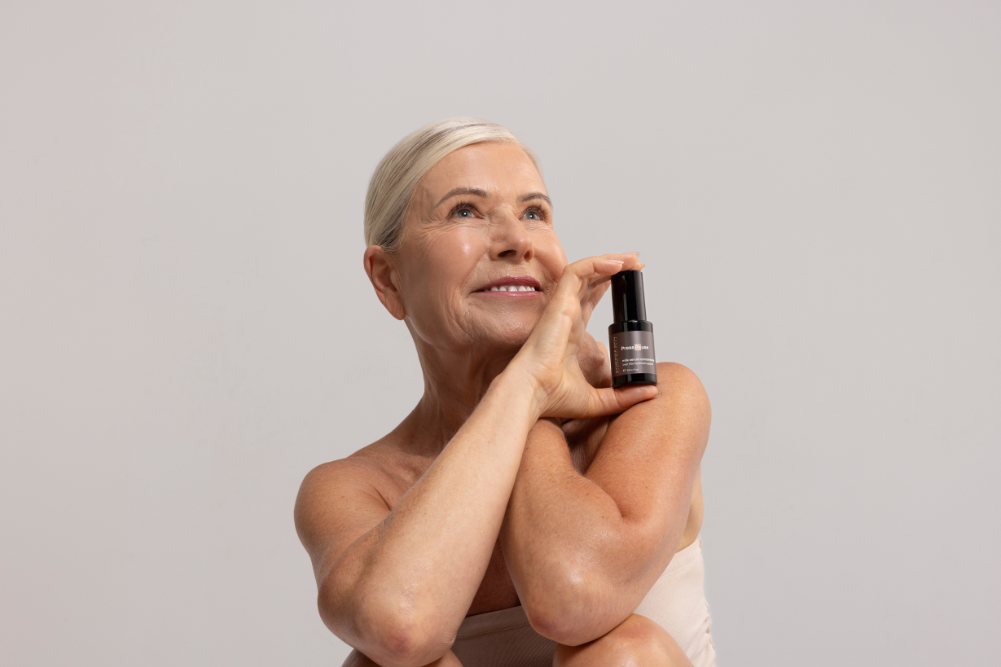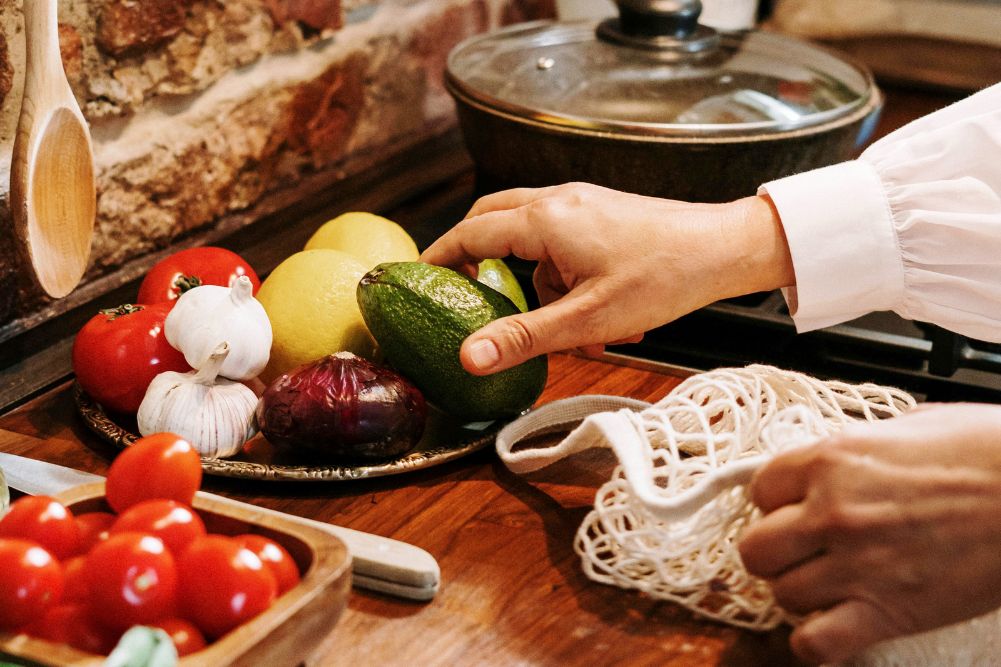Are you ready to join the coconut craze?
Coconuts are easily one of the most versatile natural products known to mankind.
It might not be such a bad stroke of luck to be marooned on a beautiful tropical island, if there was laden coconut tree or two nearby. You could eat the fruit, drink the milk, weave the husk to make rope, cook with the oil as well as apply it to your skin as a moisturiser, teeth whitener and wound salve.
Coconut oil in decades past was primarily used to add flavour, nutrients and texture to dishes but it has now found its way into raw foods, desserts, smoothies and cosmetics. Coconut water has also become the new health drink of choice for many because it is extremely high in electrolytes. A surprising fact about coconut water — while it might be the health brew for new millennium, in the past it was used to save lives. During periods of history and wartime where hospital IV fluids were in short supply, it was a viable substitute because of its microbial properties.
In Sanskrit, the coconut palm is known as kalpavriksha, which translated means a divine tree, one that can fulfil all your wishes and desires. Almost every part of the coconut can be used for myriad useful things, so perhaps it is true.
Despite its many uses, the humble coconut (cocos nucifera) is not without controversy. Health experts from around the globe are divided on its benefits as a consumable food. There are those who extol its virtues — claiming it has almost superfood status, others say it’s bad for you because it’s high in saturated fats (92 per cent according to the Dietitians Association of Australia). It’s commonly acknowledged that saturated fats cause a rise in blood levels of Low-Density Lipoprotein (LDL), or bad cholesterol, which increases the risk of heart disease.
The good news is coconut oil is a natural beauty product that’s chockfull of good stuff. It’s a potent anti-microbial, anti-fungal and anti-bacterial — and a natural emollient. And that’s just the start.
Nuts about coconuts
Did you know the humble coconut is not even a nut? Or a fruit? It’s a fibrous one seeded drupe, which means it has a hard stone covering the seed, much like a peach, nectarine or even an olive. A coconut has three layers, and if you buy one at a fresh food market, the first two layers have usually been removed. The outer layer is green and smooth — it’s called the exocarp, under that is the mesocarp or the fibrous husk and the final layer is the endocarp, the woody layer that encases the seed.
It’s believed coconuts were first cultivated in South East Asia, but now due to ocean currents and humans, they can be found in other hot temperate regions of the world including the Philippines, Jamaica, India, Brazil, Australia and many other countries. According to the Food and Agriculture Organization of the United Nations: Economic and Social Department, coconut palms are grown in more than 80 countries and over 61 million tonnes are produced each year.
Gathering and dehusking
In the early days, villagers would risk life and limb climbing trees (or they’d shake them) and the coconuts would tumble to the ground. Then they’d split them open, scooping out the milk and meat. The advent of the husking machine on the 19th century has streamlined the dehusking process, removing the husk from around the meat of the coconut. Modern dehusking machines can dehusk 300 coconuts in an hour, a far more efficient method than cracking open the husk and scooping out the meat with a knife. Generally, coconut oil producers then ferment the white pulp for around three days — the milk separates from the water and oil.
Natural beauty with coconut oil
In Sanskrit, the coconut palm is known as kalpavriksha, which translated means a divine tree, one that can fulfil all your wishes and desires. Almost every part of the coconut can be used for myriad useful things, so perhaps it is true.
Coconut oil contains triacylglycerols, fatty acids, phospholipids, tocopherols, sterols, mono- and di-acylglycerols with trace metals and volatiles. It is chock full of natural skin and hair health-boosting ingredients.
Coconut oil is high in saturated fats and, as a result, it plumps up the skin, acting like a natural emollient. It softens and soothes the skin, smoothing out fine lines.
Jenni Madison, author of The Healthy Coconut, says coconut oil is a wonderful natural beauty product because it nourishes the skin not only from the outside but the inside as well.
“Coconut reverses the oxidative process by displacing the cooked oil from tissues and providing fat soluble vitamins, minerals and super nutrition factors directly to the damaged tissues,” she says.
Coconut oil can be virgin or non-virgin. In its most natural state, all coconut oil is pure virgin oil, unless it’s refined in which case it then becomes non-virgin. This type of coconut oil is produced from dried coconut (or copra as it’s called) and it’s either smoke dried, sun dried or, kiln dried. Because of these processes, it may be discoloured, so it’s often bleached and deodorised.
The most effective way to tell the difference between the two is to smell it. If it has the sweet, fragrant nutty aroma of fresh coconut, then it’s probably the real deal, the virgin kind. As a beauty product, the true test of a quality coconut oil is how easily it is absorbed into your skin.
Ethical concerns
Once it ages, the coconut tree becomes less productive, so farmers need to plant more trees. It’s generally a monocrop, and with low or no crop diversity, soil nutrients are depleted over time.
Farmers have been growing coconuts for hundreds of years, and many live in poverty. With the current demand for coconut oil far outstripping supply, some farmers are reportedly being offered incentives to boost production, and fertilisers are finding their way into the soil.
Coconut oil is big business, and while many farmers aren’t reaping the benefits, large companies are cashing up. The good news is, some companies are not without fiscal, moral and ethical consciousness, and are intent on empowering local communities and giving back.
One such company, Niulife, founded by Dr Dan Etherington, ploughs 100 per cent of profits back into the Solomon Islands community. More than 20 years ago, Etherington developed a coconut oil press that can be used by villagers so they can produce their own oil. His blueprint of ethical and profitable trade has changed many lives.
Crack that nut… to make coconut oil
Simone McGrath, author of Coconut Oil for Health and Beauty, says to firstly think of the coconut as a world globe — with a soft eye at the North Pole, and a line along the equator.
- Locate the eye. It’s softer than the rest of the coconut. Slide a skewer or knife into it.
- Penetrate the shell and drain the coconut water into a jug.
- Remembering where your coconut “equator line” is. Tap gently with a hammer along the line or tap it against a wall (with some force).
- Use a metal spoon and paring knife to scrape the meat from the shell.
- Pop it into a food processor and blend on medium speed until it’s pulpy.
- Cover a bowl with cheesecloth and spoon some of the mixture into it, and squeeze, until you’ve removed all the fluid. Repeat the process.
- Pour the fluid into a glass jar, put the lid on and let it ferment for 48 hours.
- When you see a thick layer of curd, place the jar in the fridge, and once it hardens, remove the curd with a spoon.
- The leftover liquid is the coconut oil.
Coconut oil is very stable, it can be stored for up to three years in a cool, dry place.
Skin saviour
Coconut oil is high in saturated fats and, as a result, it plumps up the skin, acting like a natural emollient. It softens and soothes the skin, smoothing out fine lines.
While it might seem a little odd to be rubbing an edible food that feels super oily into your face and body, coconut oil is a viable organic beauty product. You can apply coconut oil to your face for a quick rehydration by warming it between your fingers and gently rubbing in. Use a warm face cloth to remove it — but don’t rub! Add a little baking soda to the coconut oil for a facial scrub. Once again, remove gently using a warm facecloth.
Note: If you have oily skin, it’s recommended to cleanse after a coconut oil treatment with your regular cleanser.
Protecting your luscious locks
Nutrient-rich coconut oil is a nourishing hair tonic, leaving hair feeling smooth and shiny. Coconut oil can help with hair breakage due to hygral fatigue. This occurs when too much moisture enters and exits the hair shaft from too many conditioning treatments or daily conditioning. A study published in the Journal of Cosmetic Science showed coconut oil can provide better protection from hydral fatigue than mineral oil.
Coconut oil can also help with dandruff. Add a tablespoon for short hair and two for long hair and massage into your scalp with your fingertips — after around 20 minutes, shampoo as normal.
Skin conditions: psoriasis, eczema and acne
For psoriasis or eczema, try a generous couple of dollops of coconut oil mixed with a few small drops of tea tree oil (at a ratio of around 8:1). Don’t apply tea tree oil directly to your skin and avoid the eye area. Apply after you shower to help soothe and heal.
For those who suffer from pimples or acne, coconut oil can offer some respite. The sebaceous glands on human skin secrete an oil-type of substance called sebum, which is a medium-chain fatty acid just like coconut oil. Acne occurs when the hair follicle on the sebaceous gland becomes blocked by excessive oil, debris or bacteria. Coconut oil is an anti-bacterial agent, so it helps to clear the bacteria. Coconut oil is deeply nourishing, but it’s also comedogenic. This means it can potentially clog pores, so only use sparingly if you have acne.
Coconut oil for heart health?
In an experiment, academics at the University of Cambridge gathered 94 volunteers aged 50-75 with no history of heart issues. Over four weeks they consumed 50g a day of either coconut oil, butter or olive oil.
The butter eater’s LDL (low density lipoprotein), which is the bad cholesterol, increased around 10 per cent, with a 5 per cent rise in their HDL (high density lipoprotein) which is the good cholesterol.
Olive oil eaters saw a tiny reduction in LDL and a 5 per cent rise in HDL.
But the surprise was the coconut oil eaters. There was no anticipated rise in LDL but there was a 15 per cent rise in HDL. Dr Michael Mosley and the BBC team aired the experiment on Trust Me, I’m a Doctor.
Coconut bath melts
You’ll feel like you really have stowed away on a tropical island with these blissful bath melts.
- 1 cup coconut oil
- Lemon or lime zest or a few drops of peppermint, lavender or your favourite essential oil.
Melt the coconut oil and add the other ingredients when cooler. Pour them into moulds and refrigerate until set.
Coconut oil natural deodorant
- ¼ cup baking soda
- ¼ cup cornflour or arrowroot powder
- 6 tabs melted coconut oil
- 4 drops tea tree oil
Mix the dry ingredients first then add the coconut oil. Let the mixture cool slightly before adding tea tree oil. Add to a container and store in a cool dry place. Use as needed by swiping a little under each armpit.
*It’s not an antiperspirant so won’t stop you sweating but will stop any odour if you do.
Courtesy of Patti Graham, author of Recipes for Beauty with Coconut Oil.
Oil pulling
Coconut oil is used in Ayurvedic medicine as a means of improving oral health. The idea is that by swishing coconut oil around in the mouth, through the teeth and over the gums, harmful parasites and bacteria will be trapped in the oil. Try it for up to 20 minutes, then spit the oil out into the rubbish bin and rinse, brush and floss as normal.








